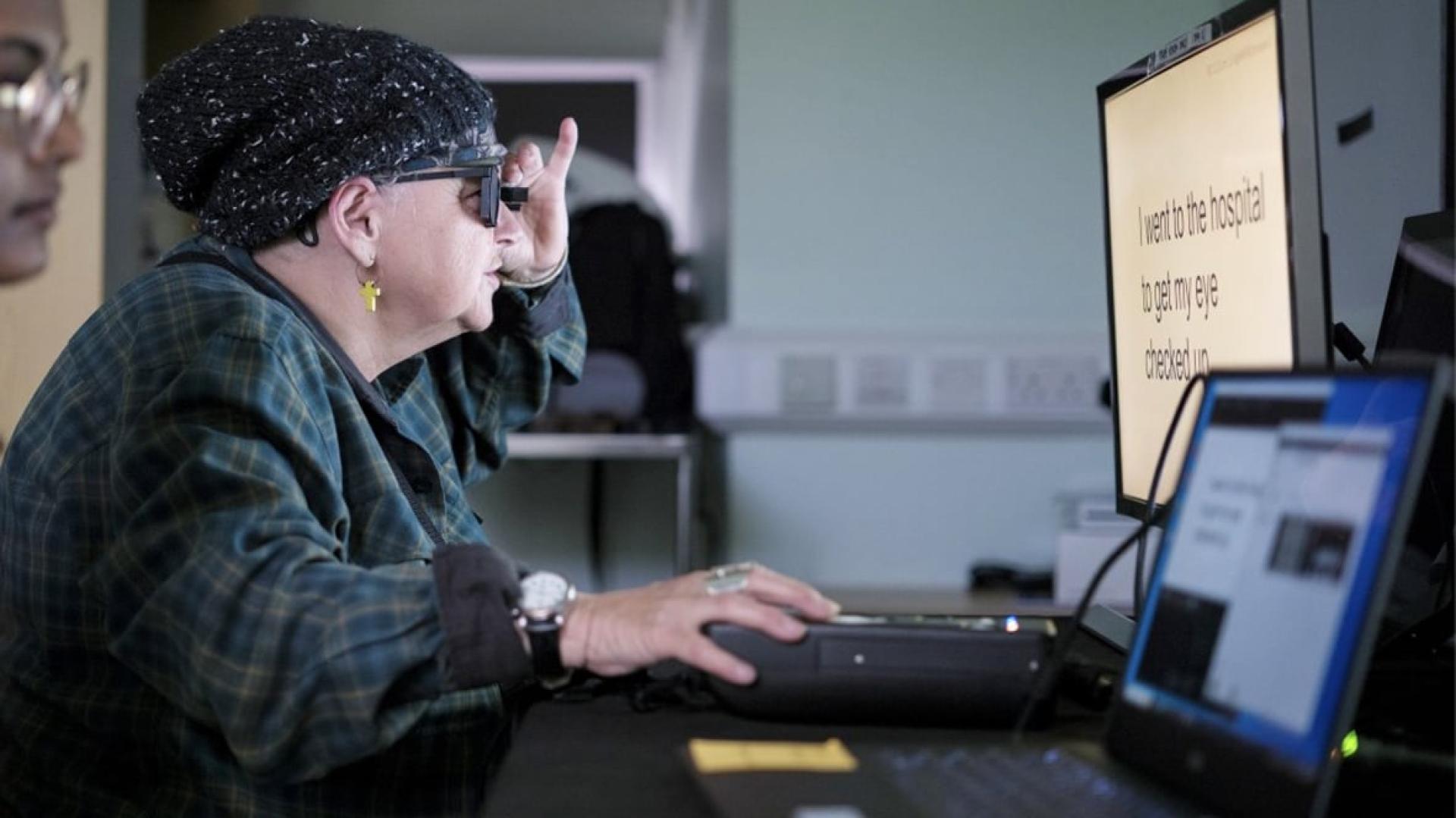A key clinical trial on a new type of electronic eye implant has achieved remarkable results. A group of patients who lost their sight due to dry age-related macular degeneration (AMD) with geographic atrophy were able to regain vision after implantation of a micro device in the eyeball, on average reading five more lines on a vision chart. The study was published in the New England Journal of Medicine. Doctors were encouraged by the outcomes, stating this "represents a new era in the history of artificial vision."
According to Sing Tao Daily, Moorfields Eye Hospital in London is one of 17 institutions participating in the project. The hospital's senior consultant, Dr. Mukherjee, said: "It is unprecedented for blind patients to achieve meaningful central vision restoration."
With the death of macular cells and central macular degeneration, macular disease causes patients to gradually lose vision. This condition is the leading cause of vision loss among people over 50 years old, and currently has no treatment.
84% of Implant Patients Regain Vision
The trial involved 38 patients from various hospitals in the UK, Germany, France, Italy, and the Netherlands. 84% regained vision after the device was installed. All suffered from geographic atrophy caused by dry macular degeneration and had lost central vision before the implantation surgery, with very limited peripheral vision.
The ultra-thin miniature Prima device implanted into patients measures only 2mm by 2mm. Through a vitrectomy, doctors place it beneath the center of the retina; the procedure takes less than two hours. Combined with augmented reality (AR) glasses, the patient can see again. The AR glasses are equipped with a camera with zoom capability to help with reading and writing. Patients can use the glasses to focus and scan the object they want to read, activating the device. Then, via computer AI, the visual information is converted into electrical signals, delivered through retinal cells and optic nerve to the brain, enabling the patient to read.
Wilson from Wiltshire is one of the patients who received the implant. She said: “Before the implant, my eyes were like two black disks shoved in, and everything outside was distorted. I used to be a bookworm, and I want to get that feeling back. During the procedure I could feel what was happening, but there was no pain at all.” As a “bookworm”, she was especially excited to regain her reading ability.
Dr. Mukherjee emphasized that patients must undergo eye training and intensive rehabilitation to fully benefit from this new technology. “It's not as simple as putting a chip in your eye and your sight is restored. You need to learn how to use this kind of vision.”
